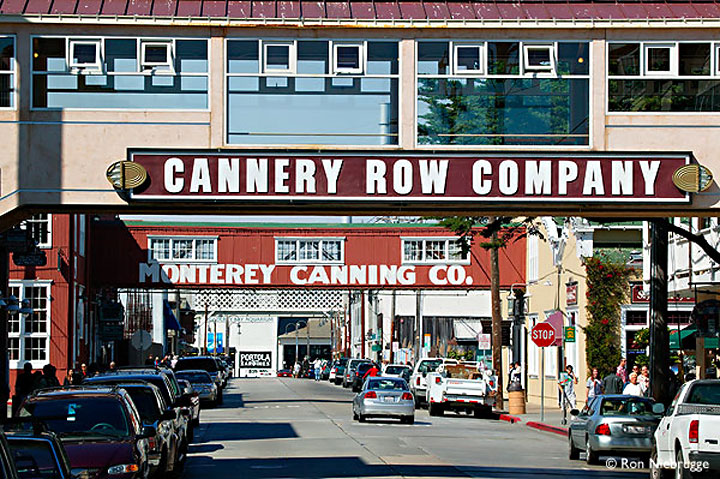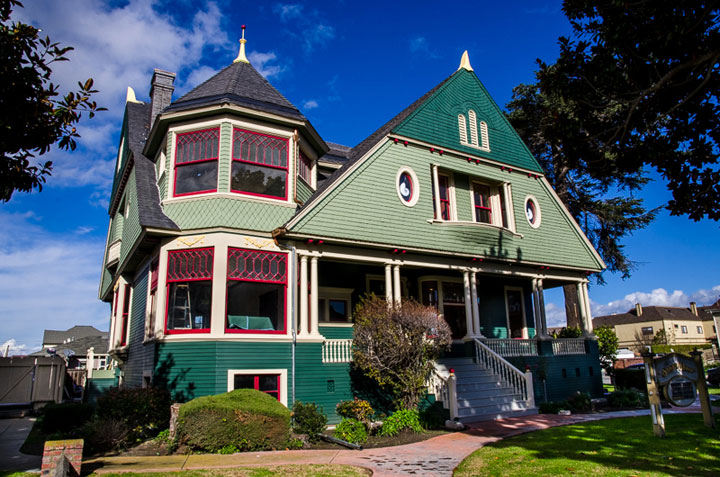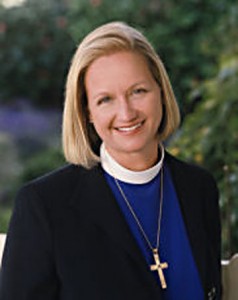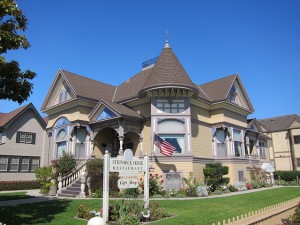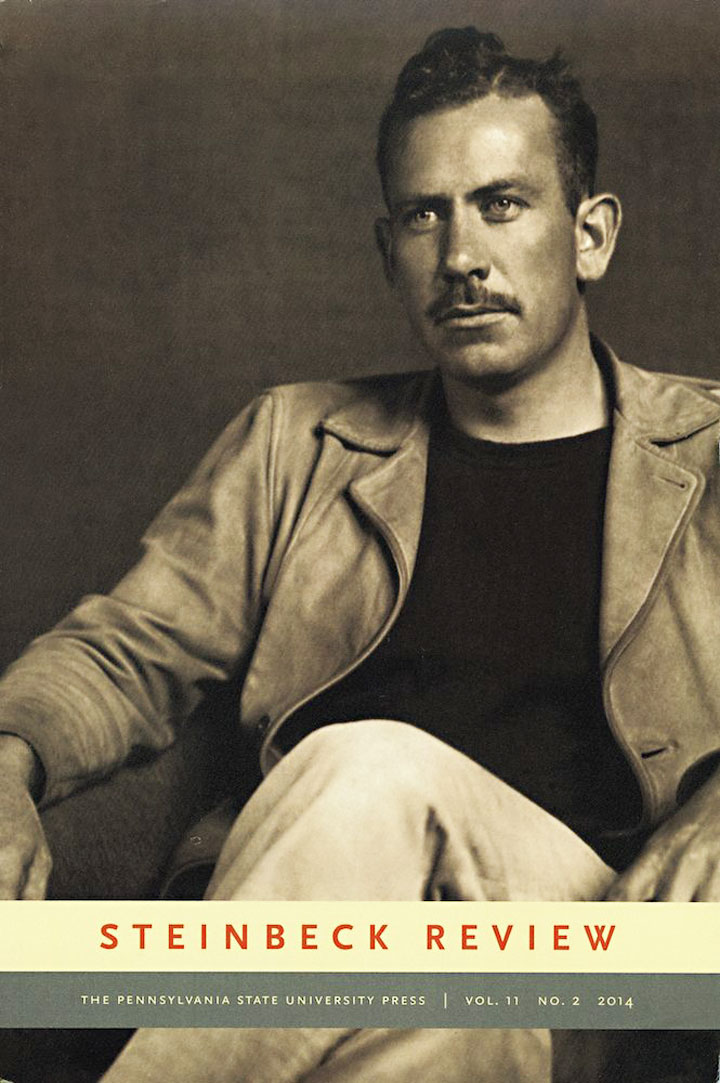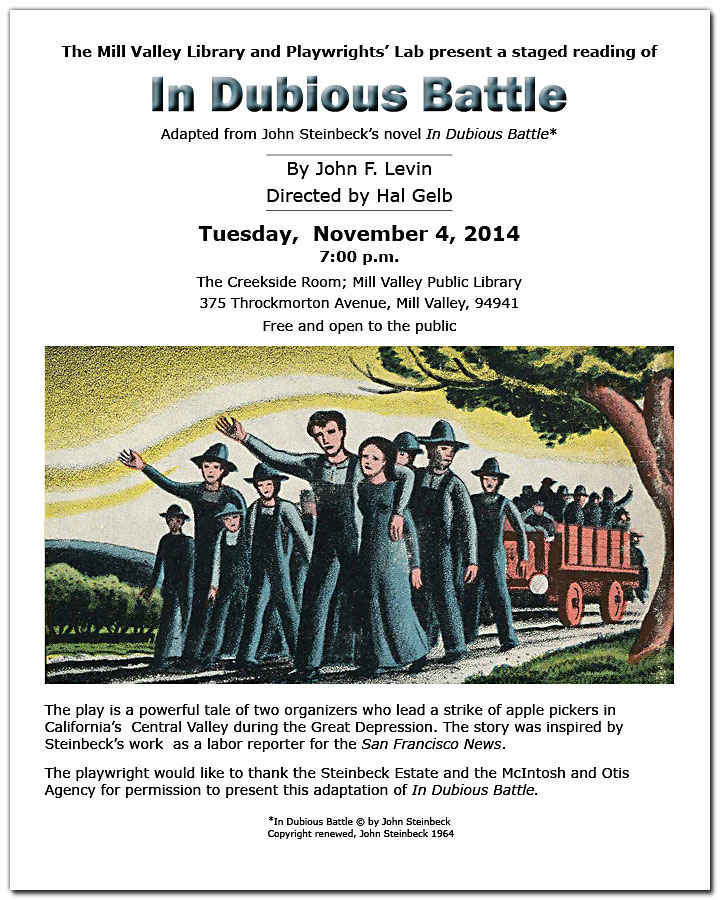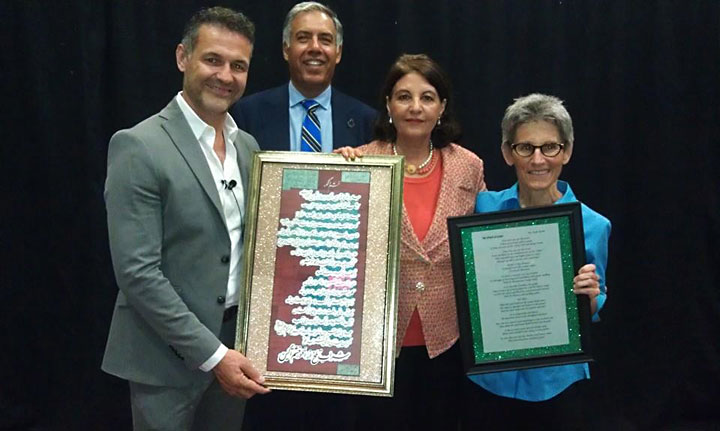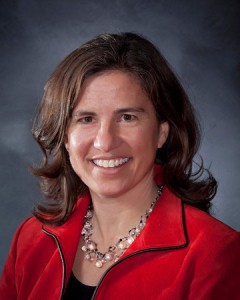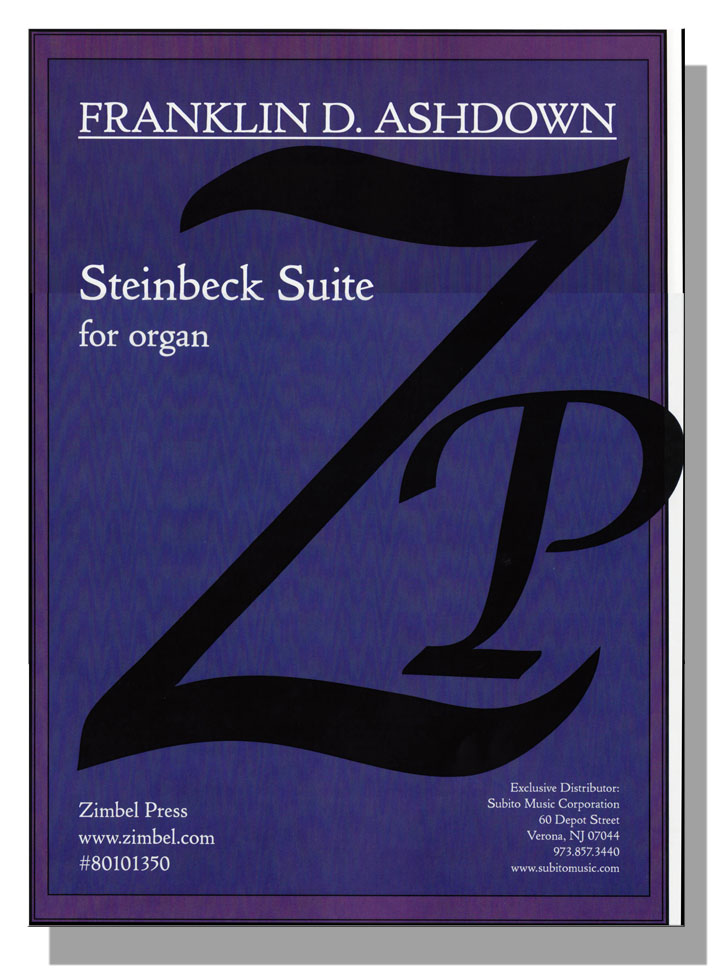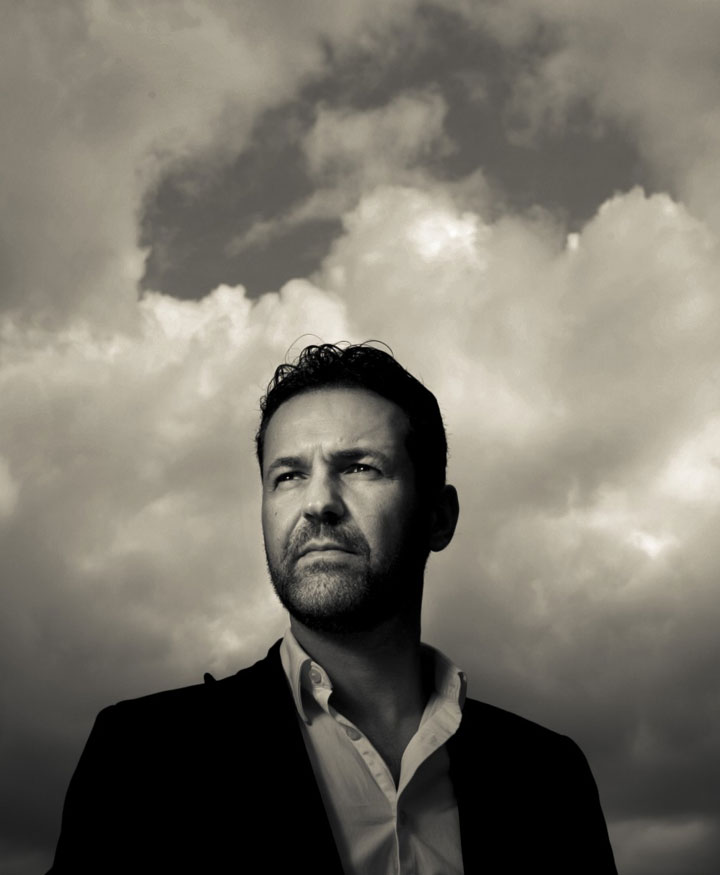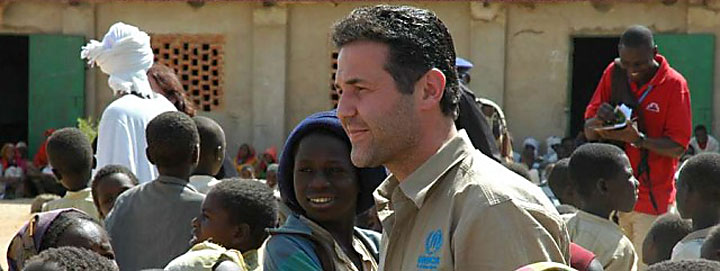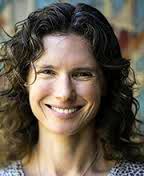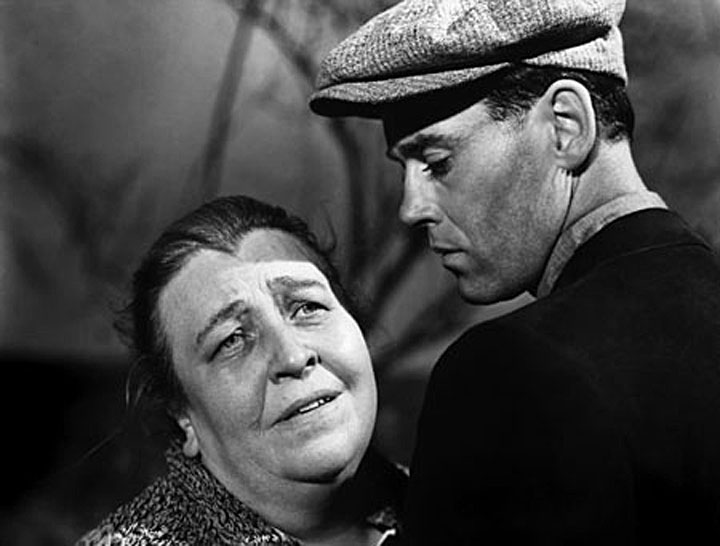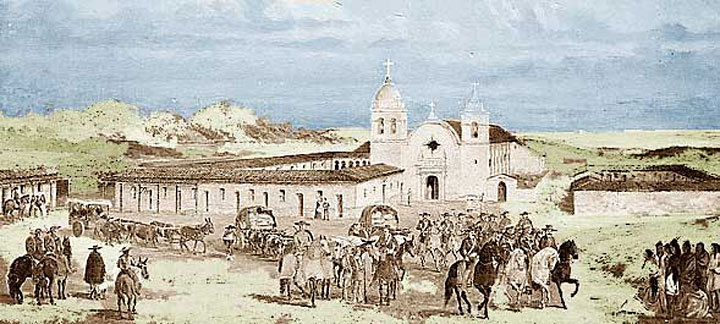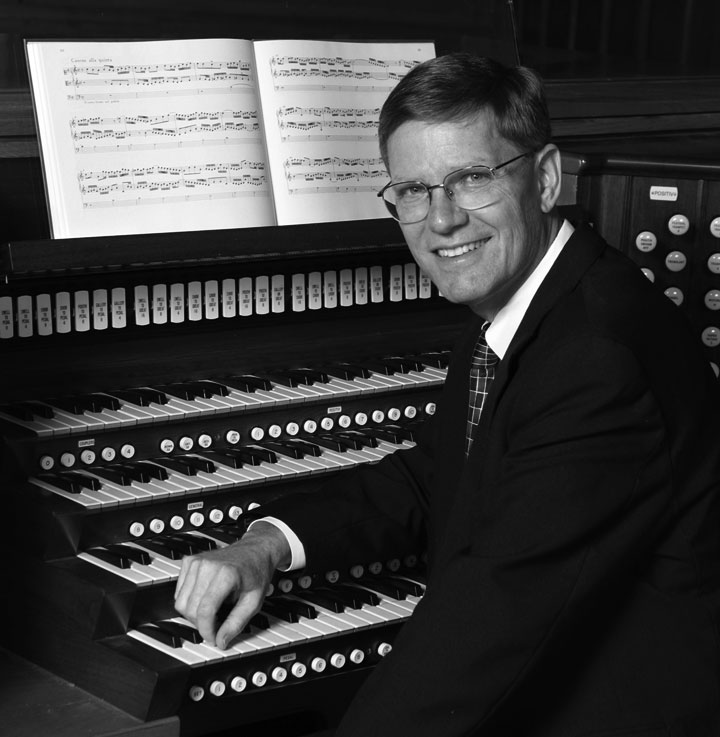According to Hollywood’s Variety magazine, the actor James Franco and the screenwriter Matt Rager have teamed up to adapt John Steinbeck’s 1936 labor-movement novel In Dubious Battle as a 2015 motion picture featuring Franco and a constellation of interconnected stars. Neglecting Tortilla Flat (1935), Variety incorrectly identified In Dubious Battle as “Steinbeck’s first major work” in its news flash about the film. But casting details corroborated by other sources reveal coincidences and connections to John Steinbeck reminiscent of E.M. Forster’s advice in A Passage to India: “Only connect!”
Casting details reveal coincidences and connections to John Steinbeck reminiscent of E.M. Forster’s advice in A Passage to India: ‘Only connect!’
James Franco grew up in Palo Alto, California, where John Steinbeck attended Stanford University in the early 1920s. As a PhD student at Yale, Franco met Rager, a former English teacher, and the pair went on to collaborate in film adaptations of two novels by William Faulkner—As I Lay Dying (2013) and The Sound and the Fury (2014). Franco starred in both movies; each featured another young actor, Danny McBride, who will appear in Franco and Rager’s adaptation of In Dubious Battle. The comedian Seth Rogen—James Franco’s co-star in the controversial 2014 flick The Interview—appeared with Franco in The Sound and the Fury and portrays Steve Wozniak in the upcoming Silicon Valley bio-pic, Steve Jobs. Coincidentally, the real Steve Wozniak lives in Los Gatos, the upscale town where John Steinbeck wrote his labor-movement masterpiece, The Grapes of Wrath, in 1938.
James Franco grew up in Palo Alto, California, where John Steinbeck attended Stanford University in the early 1920s.
In another Steinbeck connection, James Franco played George Milton in the recent stage revival of Steinbeck’s 1937 novella-drama Of Mice and Men. The 1938 Broadway production of the labor-movement play, directed by George S. Kaufman, won the New York Drama Critics’ Circle Best Play Award. The 1939 film version, directed by Lewis Milestone, featured Lon Cheney as Lenny and Burgess Meredith as George, the role that helped make Meredith famous. It also introduced Meredith to Steinbeck, and they became close friends. Six years later Meredith starred as the legendary reporter Ernie Pyle—another friend of John Steinbeck—in the World War II bio-pic, The Story of G.I. Joe.
In another Steinbeck connection, Franco played George Milton in the recent stage revival of Steinbeck’s 1937 novella-drama.
A 35-year-old actor named Henry Fonda also became Steinbeck’s friend following the Fonda’s break-out performance as Tom Joad in John Ford’s 1940 film adaptation of The Grapes of Wrath. Like John Steinbeck, Burgess Meredith, and James Franco, Fonda was a political liberal with progressive social views. Like Meredith, he visited Steinbeck in Los Gatos, a 20-minute drive from Franco’s hometown of Palo Alto. Hollywood sources reported that Steven Spielberg had plans to produce and direct a remake of The Grapes of Wrath. If he doesn’t, James Franco might. The 37-year-old clearly connects with John Steinbeck. E.M. Forster, who appreciated the importance of such empathy, would approve.

